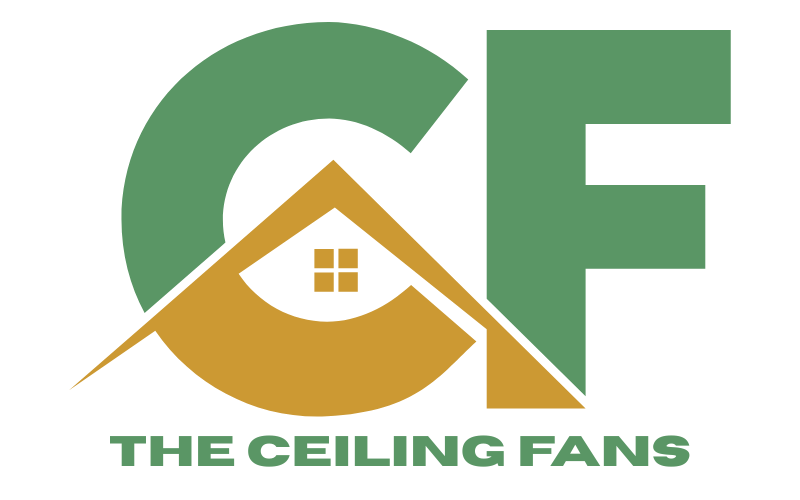When it comes to staying cool indoors, fans are a popular and energy-efficient alternative to air conditioning. Two common types you'll come across are ceiling fans and bladeless fans. Each has its own advantages, disadvantages, and ideal use cases. This article explores the differences between the two to help you make the best choice for your home, office, or any indoor space.
What is a Ceiling Fan?
A ceiling fan is a traditional cooling device mounted on the ceiling with rotating blades that circulate air throughout a room. They have been a staple in homes for decades due to their affordability and efficiency.
Key Features:
- Installed on the ceiling
- Comes in various sizes and designs
- Typically uses 3 to 5 blades
- Operates with pull chains, wall switches, or remotes
What is a Bladeless Fan?
A bladeless fan, also known as an air multiplier (a term popularized by Dyson), is a modern cooling device that creates airflow without exposed blades. It draws air in through the base and pushes it out through a circular opening, delivering a smooth, uninterrupted stream of air.
Key Features:
- No visible blades (safe for kids and pets)
- Portable and lightweight
- Sleek, futuristic design
- Usually includes remote control, oscillation, and sometimes air purification features
Cooling Performance
Ceiling Fans:
- Circulate a large volume of air in a wide area
- Best for large rooms and open spaces
- More effective in moving air downward to create a wind-chill effect
Bladeless Fans:
- Produce a steady, smooth airflow
- Ideal for smaller spaces or personal cooling
- Generally less powerful than ceiling fans when it comes to room-wide circulation
Winner: Ceiling fans are better for full-room air movement; bladeless fans are more effective for focused or personal cooling.
Energy Efficiency
Ceiling Fans:
- Typically use 50-100 watts
- Can be used with air conditioners to improve efficiency
- Very energy-efficient for large areas
Bladeless Fans:
- Use between 20-50 watts depending on the model
- Some include energy-saving features like auto shut-off
- Slightly more efficient in personal-use scenarios
Winner: Bladeless fans win in terms of personal use efficiency, but ceiling fans are better for cooling large areas with minimal energy.
Noise Levels
Ceiling Fans:
- Can produce a hum or wobble noise if not installed properly
- Noise increases with higher speeds or old motors
Bladeless Fans:
- Known for quiet operation
- Ideal for bedrooms, offices, and nurseries
Winner: Bladeless fans are significantly quieter.
Safety
Ceiling Fans:
- Mounted high and generally safe, but falling objects or low-hanging fans can be hazardous
- Exposed blades (though out of reach)
Bladeless Fans:
- No external blades, making them extremely safe for children and pets
- No risk of injuries from touching moving parts
Winner: Bladeless fans are safer, especially in homes with kids or pets.
Design and Aesthetics
Ceiling Fans:
- Available in traditional, modern, and rustic styles
- Can complement the interior decor
- Some models come with integrated lights
Bladeless Fans:
- Sleek and modern design
- Often look high-tech and stylish
- Typically more compact and portable
Winner: Subjective, but bladeless fans generally appeal to modern aesthetics.
Installation and Maintenance
Ceiling Fans:
- Require professional or DIY installation
- Maintenance includes blade cleaning and occasional tightening
- Permanent fixture
Bladeless Fans:
- No installation needed – just plug and use
- Easy to clean due to smooth surfaces
- Portable and movable
Winner: Bladeless fans are easier to set up and maintain.
Cost Comparison
Ceiling Fans:
- Lower upfront cost (basic models start at $50)
- Higher installation cost if not DIY
- Long lifespan with minimal maintenance
Bladeless Fans:
- Higher upfront cost (starting around $200+ for premium brands)
- No installation cost
- Advanced features like air purification can raise price
Winner: Ceiling fans are more budget-friendly, especially for larger areas.
Pros and Cons Summary
| Feature | Ceiling Fan | Bladeless Fan |
|---|---|---|
| Air Circulation | Excellent for large areas | Best for small/personal use |
| Energy Efficiency | Very good for whole-room cooling | Excellent for individual use |
| Noise Level | Moderate to loud | Quiet operation |
| Safety | Good (blades out of reach) | Excellent (no blades) |
| Design | Traditional to modern | Modern and sleek |
| Installation | Requires mounting | Plug-and-play |
| Price Range | $50 - $300+ | $200 - $600+ |
Conclusion
Choosing between a ceiling fan and a bladeless fan ultimately depends on your specific needs, space, and preferences. If you're looking for a cost-effective solution to cool larger areas and don't mind installation, a ceiling fan is a reliable and energy-efficient option. On the other hand, if you prefer a sleek, modern design with quiet operation and enhanced safety especially in homes with children or pets a bladeless fan may be the better choice.
Each type of fan offers distinct benefits: ceiling fans excel in whole-room air circulation, while bladeless fans provide focused, quiet, and stylish personal cooling. In some situations, using both can offer the best of both worlds. Consider your space, budget, and comfort needs to make the right decision for your environment.
